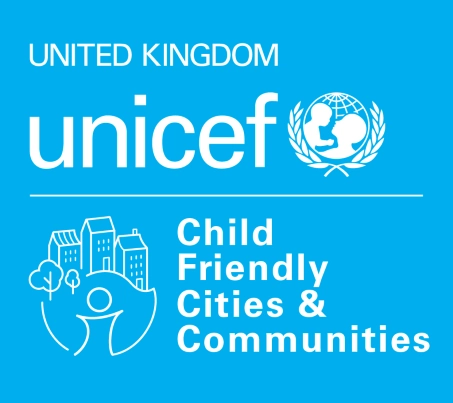
Children's rights
in the new normal:
Recommendations for councils and their partners
In brief
- When the UK first went into lockdown in spring 2020, years of public service innovation took place in a matter of months.
- At the same time, the way we think about our local community and our expectations of local services have fundamentally changed.
- Given the speed of change, it is crucial that children’s rights are not overlooked as we return to (some form of) normal.
- Our New Normal series offers a child rights-based approach to some of the seismic shifts councils and their partners are grappling with as they navigate the fallout from the pandemic and look to the future of public service delivery.
- The series was published between September 2021 and May 2022.


The series sets out practical steps councils and their partners can take to keep children’s rights front and centre of the ‘new normal'.
Recommendations were published monthly (from September 2021 - May 2022) around eight areas:
• Access to information and services
• Mental health
• The climate crisis
• Children at risk
• Housing
• Children in contact with the law
• Emergency planning
• Play and the built environment
https://www.unicef.org.uk/what-we-do/our-uk-work/child-poverty-uk/Children’s rights in the new normal
Covid-19 disrupted the life of every child and young person in the UK. Beyond the direct health consequences of the virus itself, the pandemic cut off children’s access to education and services; exacerbated child poverty and deep-rooted inequalities; and exposed and increased the risks facing already marginalised children in their homes and communities.
Councils and their partners were quick to learn and adapt, moving rapidly online when necessary and responding to new problems with innovative solutions. Yet the pandemic has taken a heavy toll on the country’s already overstretched and underfunded local services.
At the same time – having experienced suddenly being restricted to the few streets around us – the way we think about our local community has fundamentally changed. The role of the neighbourhood where we live and, in many cases, now work, has taken on increased importance, and councils are having to re-think how to deliver quality homes, access to green space, and sustainable placemaking for children in even the most densely populated urban areas.
Innovation thrives in a crisis, and many of these changes are here to stay. Given the speed of change, it is crucial that children’s rights – the building blocks of effective, equitable and non-discriminatory services – are not overlooked.
Table of contents
Scroll down to read the recommendations or click here for a table of contents
Table of contents









